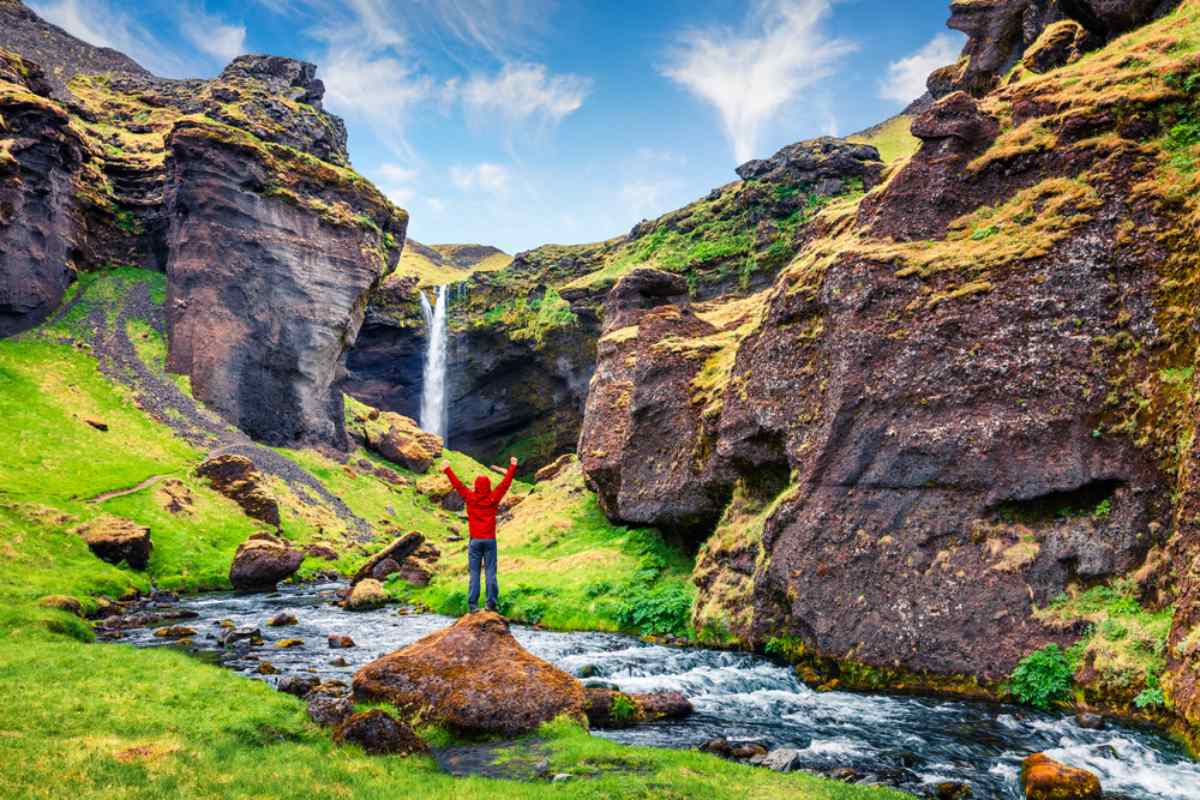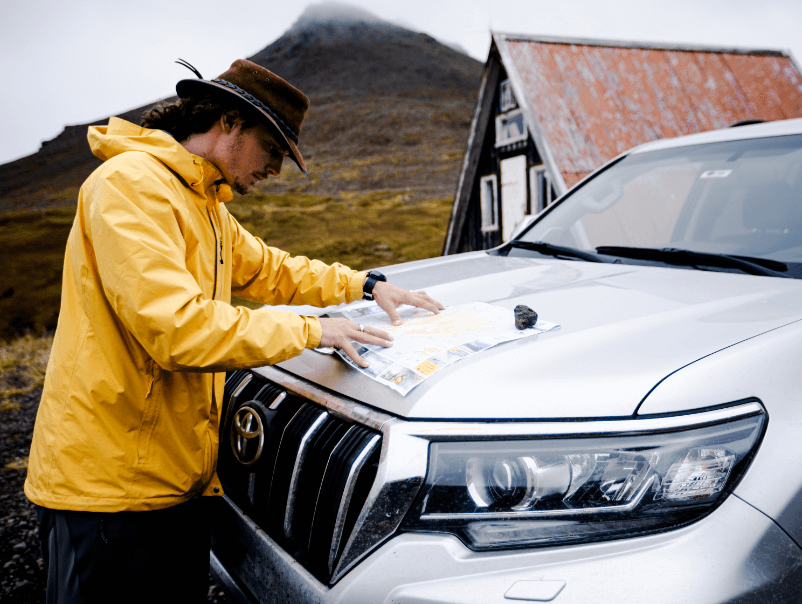Iceland is called the Land of Fire and Ice and glaciers are probably the most impressive part of the “icy” side of the island. In fact, the island boasts 269 glaciers that cover roughly 11% of the country. But what exactly is a glacier, how are they formed, and where can you find glaciers in Iceland?
We discuss all this and more in our article and get you well on your way to see the glaciers of Iceland for yourself on your next trip.
What’s a Glacier?
A glacier is an enormous body of slow-moving ice (essentially, a river of ice). Ironically, the glaciers in Iceland are actually caused by the volcanic activity on the island.
How are Glaciers Formed?
Glaciers are formed when layers and layers of snow are compressed or squashed underneath their own weight. These glaciers start when the snow doesn’t completely melt during the summer.
And so each winter more snow gets deposited upon the layers of older snow, slowly starting to compress the layers underneath. Eventually, the formed glacier slowly creeps its way over the landscape. At the bottom of the glacier, the ice melts to form streams or lakes. When a glacier ends in an ocean, chunks of the ice break off and this is how an Iceland iceberg is formed.
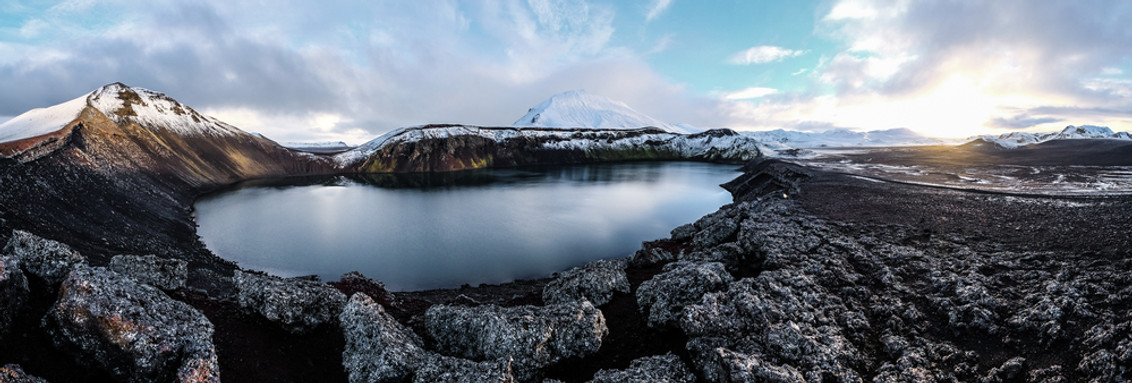
Glaciers & Everything They Touch are Always Changing
Glaciers are already ever-changing because it’s always moving (even though at a terribly slow - a glacial pace - as the saying goes). These icy masses can also start melting more rapidly due to volcanic activity. It heats things up, to that, sum up and the current global warming situation. It has the same effect on the glaciers as it does on the polar ice caps.
The same applies to warmer seasons. Hence, the reason things like glacier ice caves are closed during the summer months due to the Iceland glaciers in summer melting. As a glacier creeps over the landscape it also sculpts the world around it, both eroding the land and depositing sediment as it goes. Glaciers are equally a highlight of Iceland's landscapes and a powerful transforming force.
The Different Types of Glaciers in Iceland
There are different types of glaciers in Iceland:
Mountain Glaciers
Mountain glaciers can be especially breathtaking. They form in high mountain regions and can sometimes even span across whole mountain ranges. An example of a mountain glacier in Iceland is:
- Eiriksjökull in the middle of the Hallmundarhraun lava field in the northeastern part of the island.
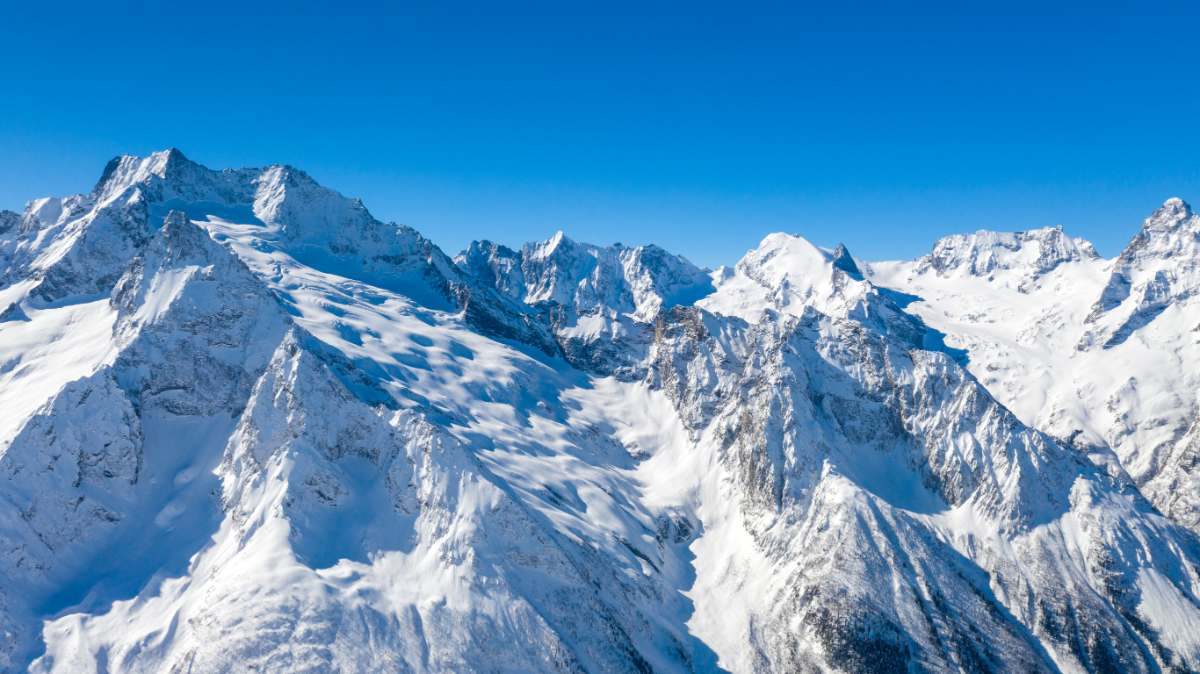
Valley Glaciers
Valley glaciers are big bodies of ice gliding their way down a valley. A few valley glaciers in Iceland are:
- Solheimajökull, an outlet of the Myrdalsjökull glacier in the southern part of the island.
- Svinafellsjökull in the southeast of the island.
- Falljökull in the eastern part of the island.
- Morsarjokull, an outlet of the Vatnajökull glacier in the east of the island.
- Dyngjujökull in the northeastern part of the island.
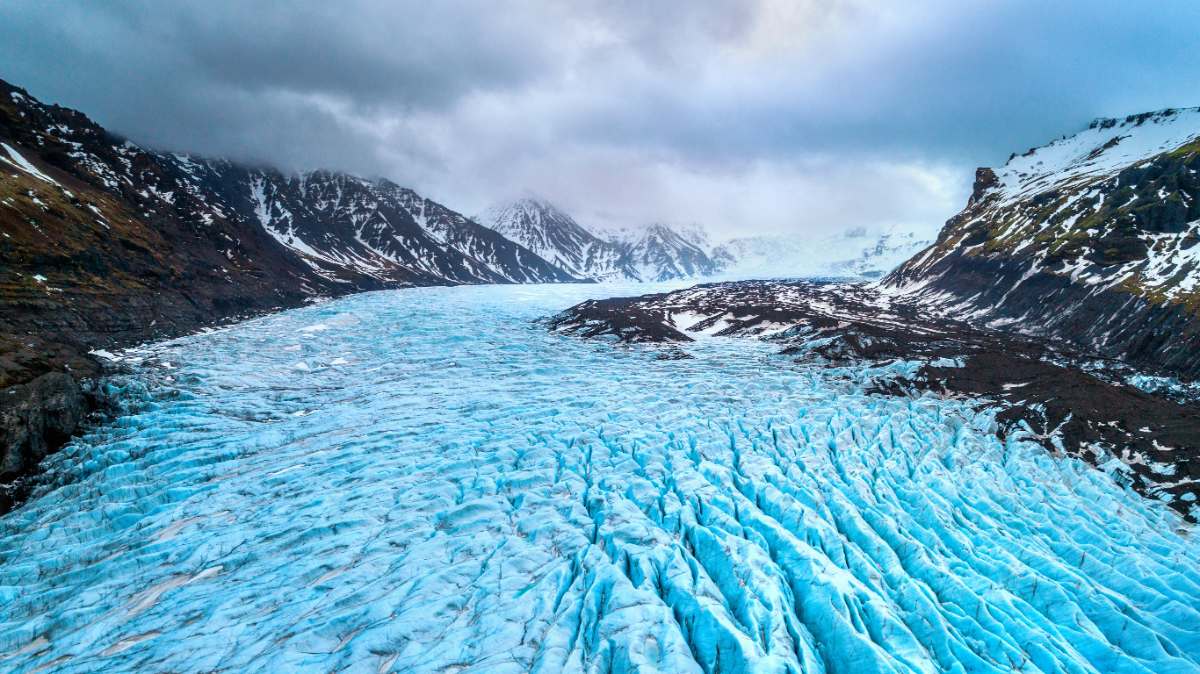
Piedmont Glaciers
Piedmont glaciers form when streams of ice run down a steep valley into a flat, open plain. There it spreads into bulb-like lobes. A few Piedmont glaciers in Iceland are:
- Breidamerkurkjökull that’s part of the Vatnajökull glacier in the southern part of the Vatnajökull National Park and the southeast of the island.
- Kviarjökull in the southeastern part of the island.
- Fjallsjökull that’s part of the Oraefajokull glacier in the southern part of the Vatnajökull National Park and the southeast of the island.
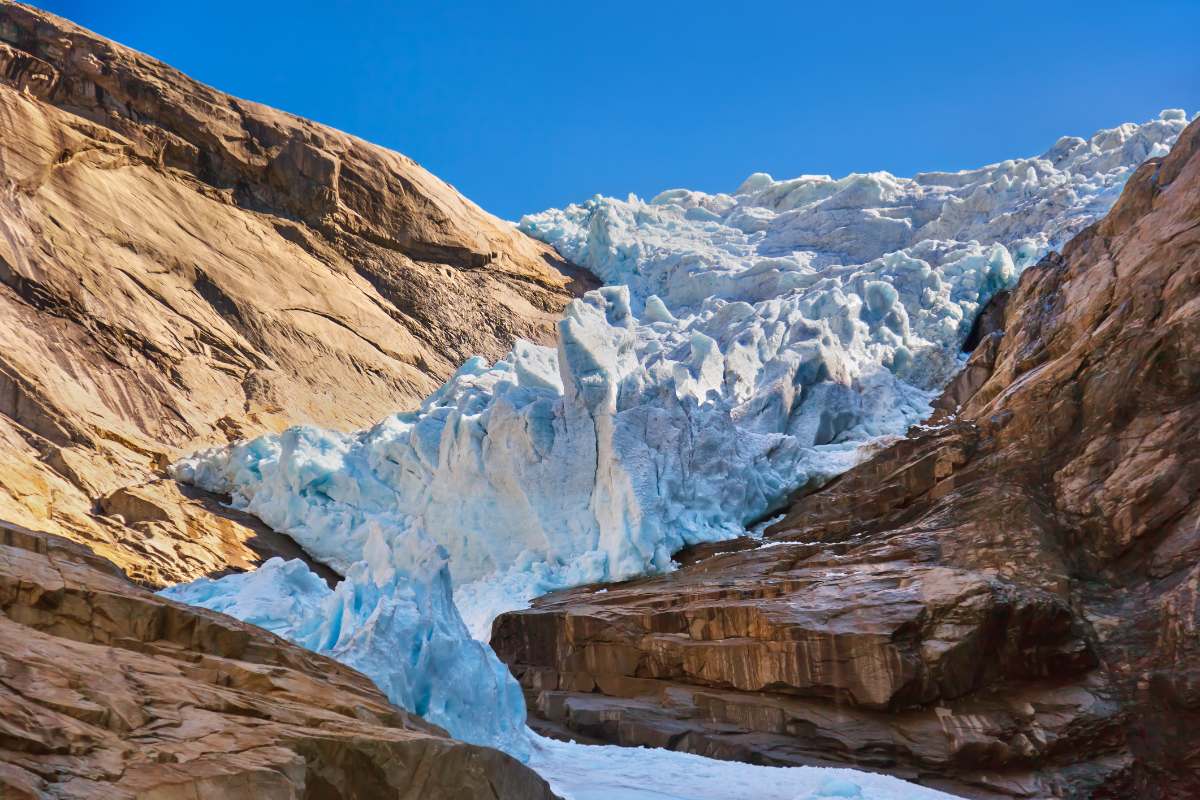
Cirque Glaciers
These glaciers tend to be wide rather than long and are usually found high on mountainsides. The name is a reference to the bowl-like hollows they fill. One of the Cirque Glaciers in Iceland is:
- The one in Mt. Saudhamarstindur.
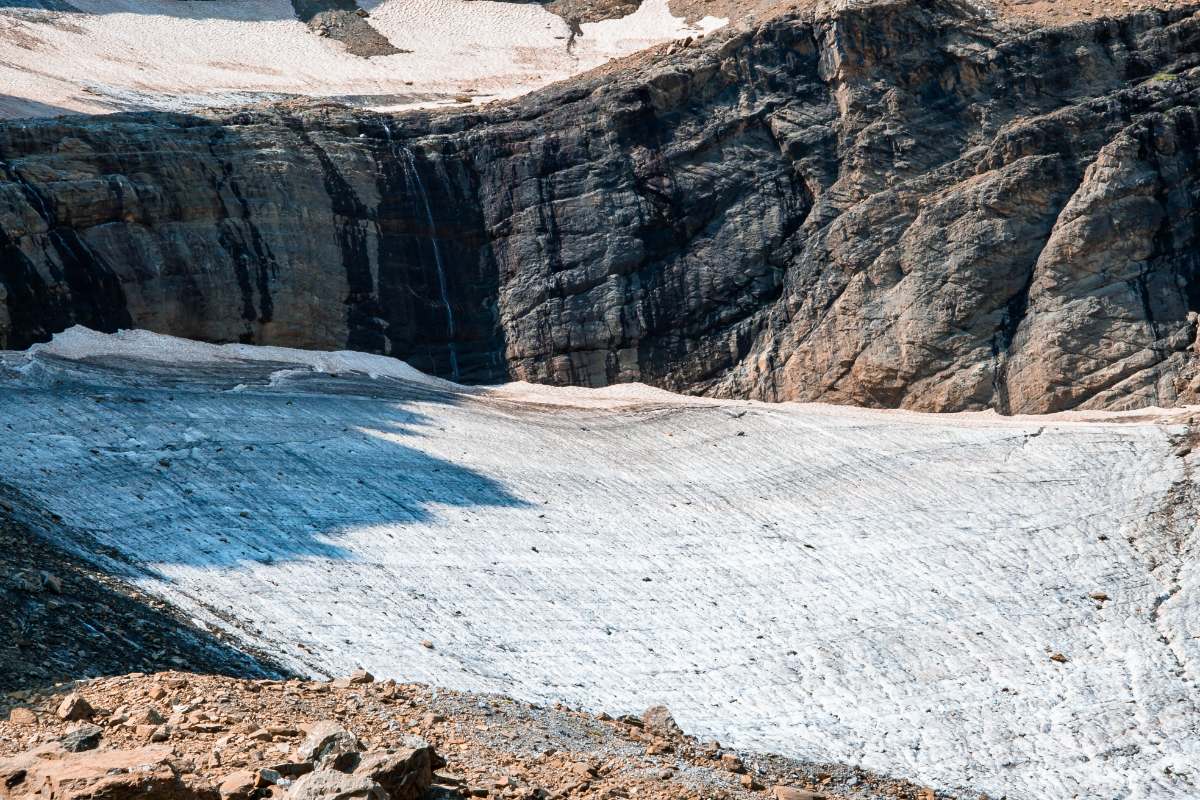
Ice Aprons
Ice Aprons also tend to be wide rather than long like the Cirque glaciers. But these are also quite small. They hang from high mountainsides and are known to cause avalanches because of the steep inclines they rest on. An example of an ice apron in Iceland is:
- The one in Mt. Jökulsgilstindar.
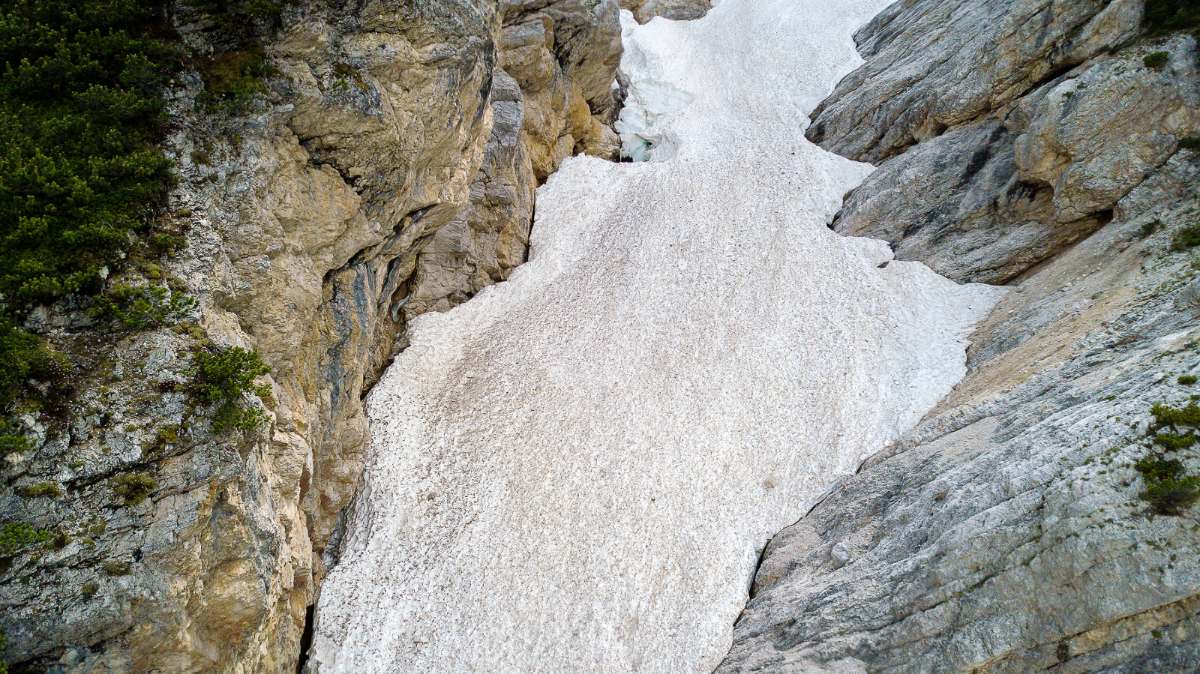
Rock Glaciers
Rock glaciers are the interesting result of debris from the hills falling into the glacier in the valley below. Rock glaciers in Iceland can be found:
- In the Tröllaskagi Peninsula.
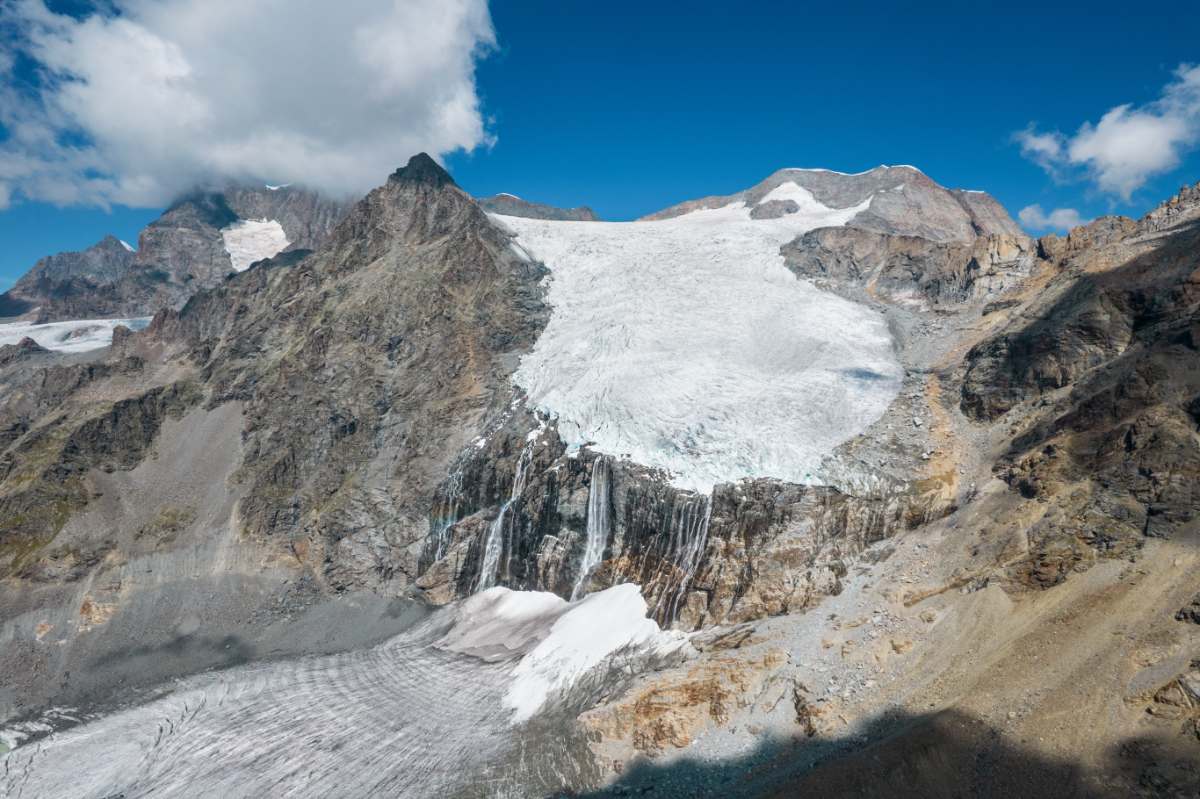
Ice Caps
Ice caps are miniature ice sheets of less than 50 000 square kilometers. You will find them in the polar and subpolar regions that are pretty flat, yet has a high elevation. One of the ice caps that can be found in Iceland is:
- Vatnajökull Ice Cap
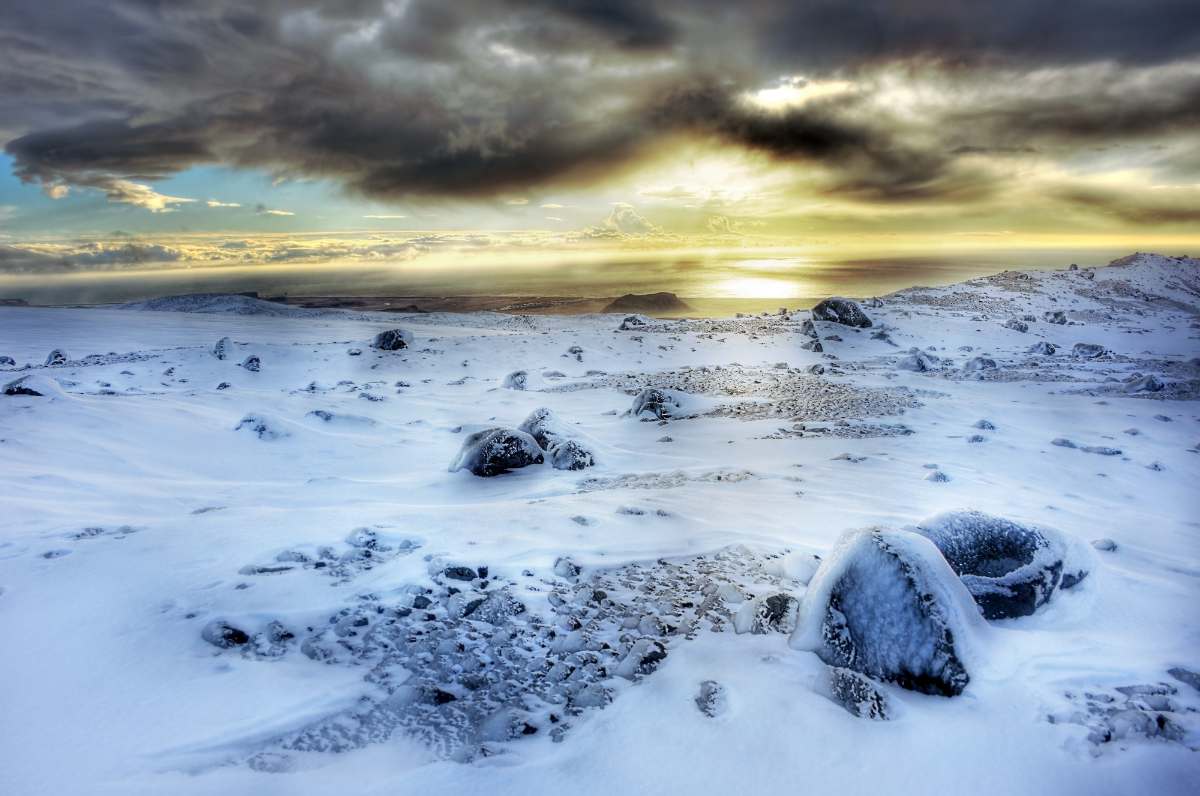
Interesting Glacier Facts
Here are a few interesting glacier facts that you might not know:
- Glaciers can appear to be dirty sometimes. That’s because glaciers don’t always consist of snow and ice alone. They can contain sediment and rocks.
- When chunks of ice break off the glacier into the ocean, it is called calving.
- Chunks of ice that have broken off a glacier that is up to 250 km long and 100 km wide are called icebergs. Smaller chunks of ice are called bergy bits.
Glacier Activities
Glacier trips in Iceland can be a lot of fun with a wide variety of activities. Some of the things to do on the glaciers in Iceland include:
- Snowmobiling on the glaciers in Iceland, a top thing to do in January.
- Glacier walks in Iceland. It’s important to note that this can only be done with one of the glacier guides in Iceland that is well-trained and well experienced because of safety reasons.
- Visiting glacier ice caves in Iceland.
- Kayaking (this is usually done at the bottom of the glacier, as is the case at Jokulsarlon Glacier Lagoon).
- Boat riding. This is also done at the bottom of the glacier. In the case of Jokulsarlon Glacier Lagoon, you can get up close and personal with an Iceland iceberg).
- Taking a helicopter tour from Reykjavík is probably the best (and the quickest) way of exploring the glaciers in Iceland whilst having the best view in town.
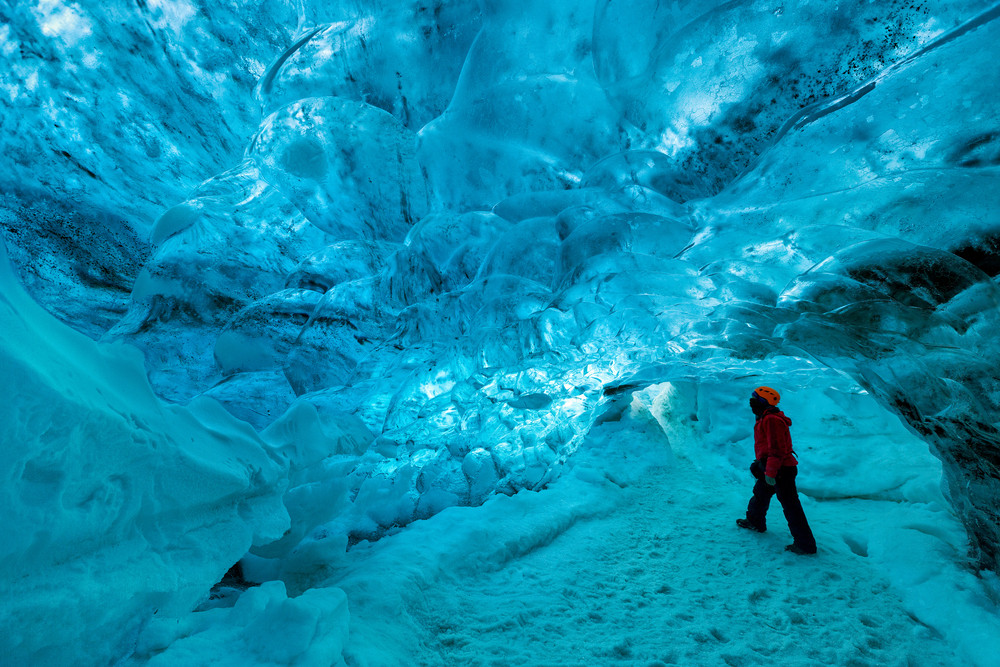
When to Visit the Glaciers in Iceland
Most of the glaciers and their activities are open all year round, but there are certain exceptions. For example, you will find that most ice caves are closed during the summer months (ice melts, remember?). That’s why we generally advise travelers to come during the winter season if a glacier adventure is the main goal of the trip. Winter in Iceland is from December to March and if you plan your trip over the Christmas season you’re in for a real winter wonderland treat.
The Best Way to Explore the Glaciers in Iceland
We strongly believe that the best way to explore the island is by making a road trip out of it. And what could be better than a glacier itinerary all across the country? To travel comfortably and beat the accommodation costs (which can be quite steep here on the island), we recommend renting a campervan in Iceland.
If you intend to drive routes that require a 4x4 vehicle, you can rest assured, as most campers and motorhomes have these types of options available. Also, chat with your rental agent regarding driving with snow tires in Iceland when you’re planning on visiting during the wintertime. Once you’ve booked your trip and rented your camper, your glacier adventure can officially begin!



 By
By 




